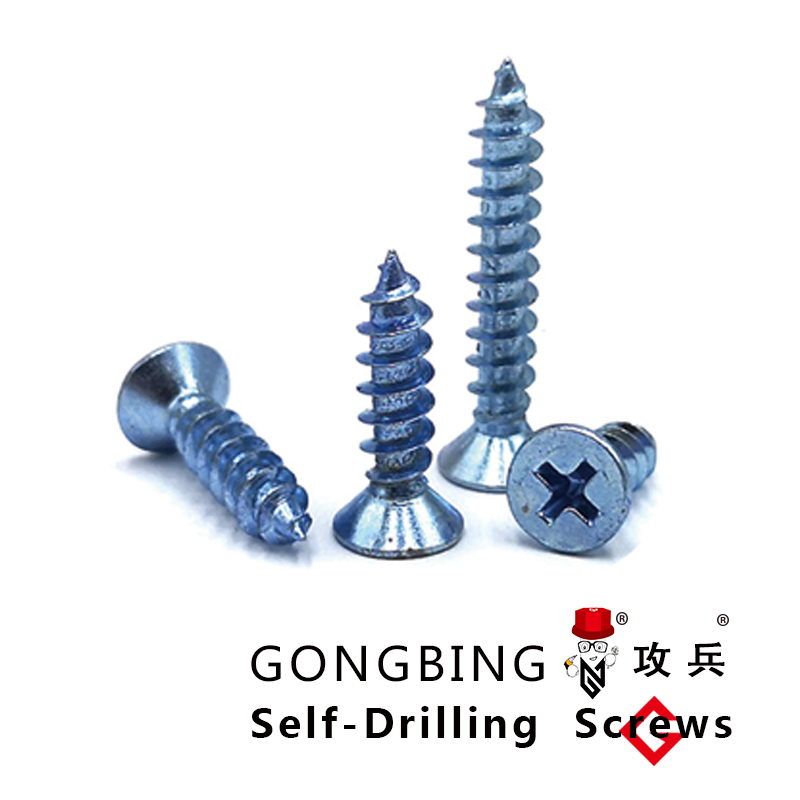Chemical Bonding Techniques for Enhanced Anchor Rod Performance and Stability in Construction Applications
Chemical Anchor Rods The New Frontier in Construction Technology
In the ever-evolving world of construction and engineering, the focus on safety, durability, and efficiency has never been more critical. One of the innovative solutions emerging in this field is the use of chemical anchor rods. These devices play a pivotal role in ensuring that structural elements remain stable and secure, even under the most challenging conditions. This article explores the features, benefits, installation process, and applications of chemical anchor rods in modern construction.
What Are Chemical Anchor Rods?
Chemical anchor rods are specialized fastening systems that utilize a chemical adhesive to secure the rod into a substrate, such as concrete or masonry. Unlike traditional mechanical anchors that rely on friction or expansion to secure themselves, chemical anchors form a strong bond with the base material through a curing process initiated by the chemical compound used in the adhesive. These rods are typically made from high-strength steel and are available in various lengths and diameters, making them versatile for different applications.
Benefits of Chemical Anchor Rods
One of the primary advantages of chemical anchor rods is their superior load-bearing capacity. The chemical bonding process provides a more reliable fixation, particularly in situations where the anchor may be subjected to dynamic loads or shock. Additionally, because the adhesive fills any voids within the substrate, it reduces the likelihood of pullout failure. This characteristic makes them ideal for use in seismic-prone areas, where structural integrity is paramount.
Chemical anchors also offer resistance to environmental factors. Many chemical adhesives are formulated to withstand moisture, chemicals, and extreme temperatures, making them suitable for both indoor and outdoor applications. This durability reduces the need for frequent replacements or maintenance, ultimately lowering long-term project costs.
chemical anchor rod

Furthermore, the installation of chemical anchor rods is relatively straightforward. The process involves drilling a hole into the substrate, cleaning it to remove debris, and injecting the adhesive before inserting the rod. Once the adhesive is cured, which can take anywhere from a few minutes to several hours, the anchor can bear load. This flexibility in installation means that chemical anchors can be used in a more extensive range of scenarios compared to traditional anchors.
Applications in Construction
Chemical anchor rods are employed across various sectors within the construction industry. They are commonly used for securing beams, columns, and precast concrete elements. Their ability to anchor heavy loads makes them ideal for high-rise buildings, bridges, and industrial facilities. Additionally, chemical anchors play a critical role in the installation of machinery and equipment in manufacturing plants, where precision and reliability are crucial.
In civil engineering, these rods are frequently used in road construction for securing guard rails and traffic signs, ensuring that these elements remain stable in all conditions. In infrastructure rehabilitation projects, chemical anchor rods are used to strengthen aging structures, enhancing their longevity and safety.
Conclusion
As the construction industry continues to innovate and improve safety standards, chemical anchor rods represent a significant advancement in fastening technology. Their exceptional load capacity, resistance to environmental factors, and ease of installation make them an invaluable tool for engineers and builders alike. Whether in new construction or rehabilitation projects, the use of chemical anchor rods can enhance the overall durability and reliability of structures. As we move forward, the integration of advanced materials and technologies like chemical anchor rods will undoubtedly play a crucial role in shaping the future of construction.
In summary, chemical anchor rods offer a robust solution to the challenges faced in modern construction. Their unique bonding capabilities, combined with their versatile applications, position them as an essential element for building safer and more durable structures in varying environments. As this technology continues to evolve, it will further redefine the benchmarks of quality and safety in construction practices.
-
Weatherproof Plastic Expansion Anchors for OutdoorNewsJun.06,2025
-
Sustainability in the Supply Chain: Eco-Friendly TEK Screws ProductionNewsJun.06,2025
-
Load-Bearing Capacity of External Insulation FixingsNewsJun.06,2025
-
Double Head Bolts: Enhancing Efficiency in Industrial MachineryNewsJun.06,2025
-
Corrosion Resistance in Chipboard Screws: Coatings for Wholesale DurabilityNewsJun.06,2025
-
Butterfly Toggle Bolts : Enhancing Structural ResilienceNewsJun.06,2025
